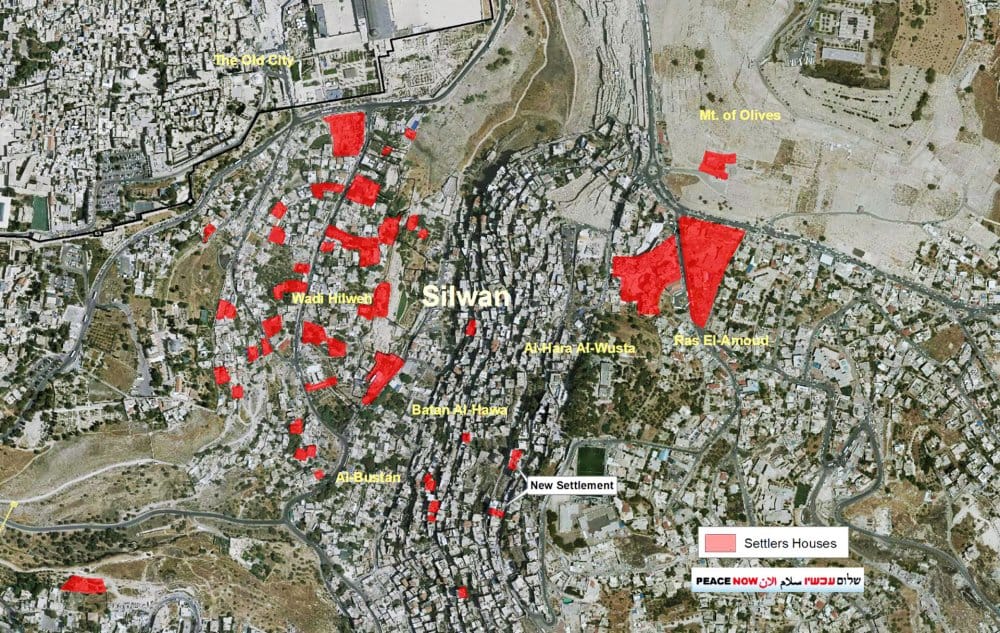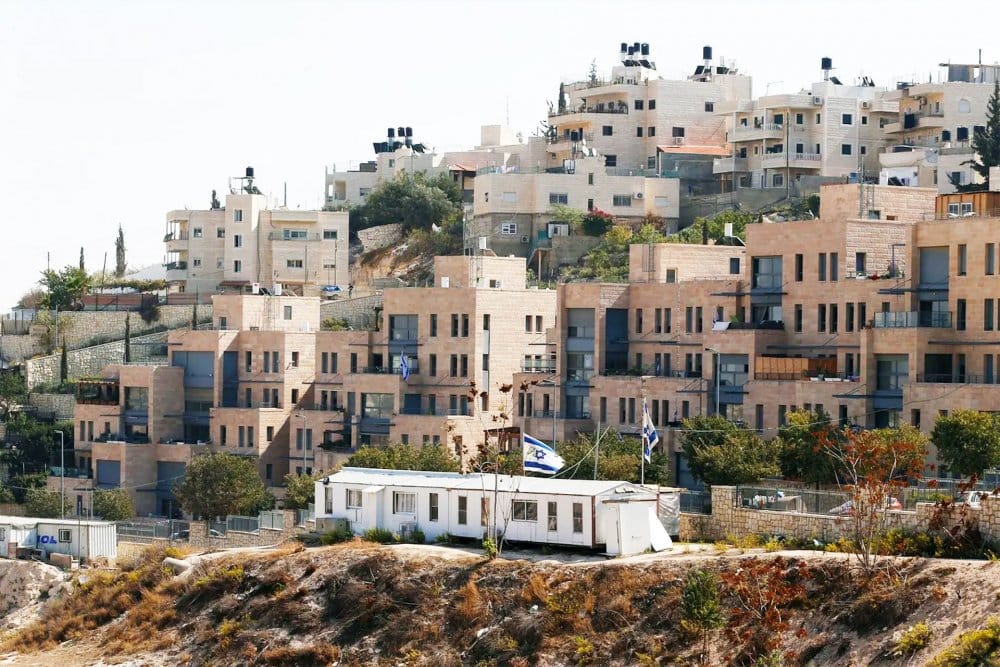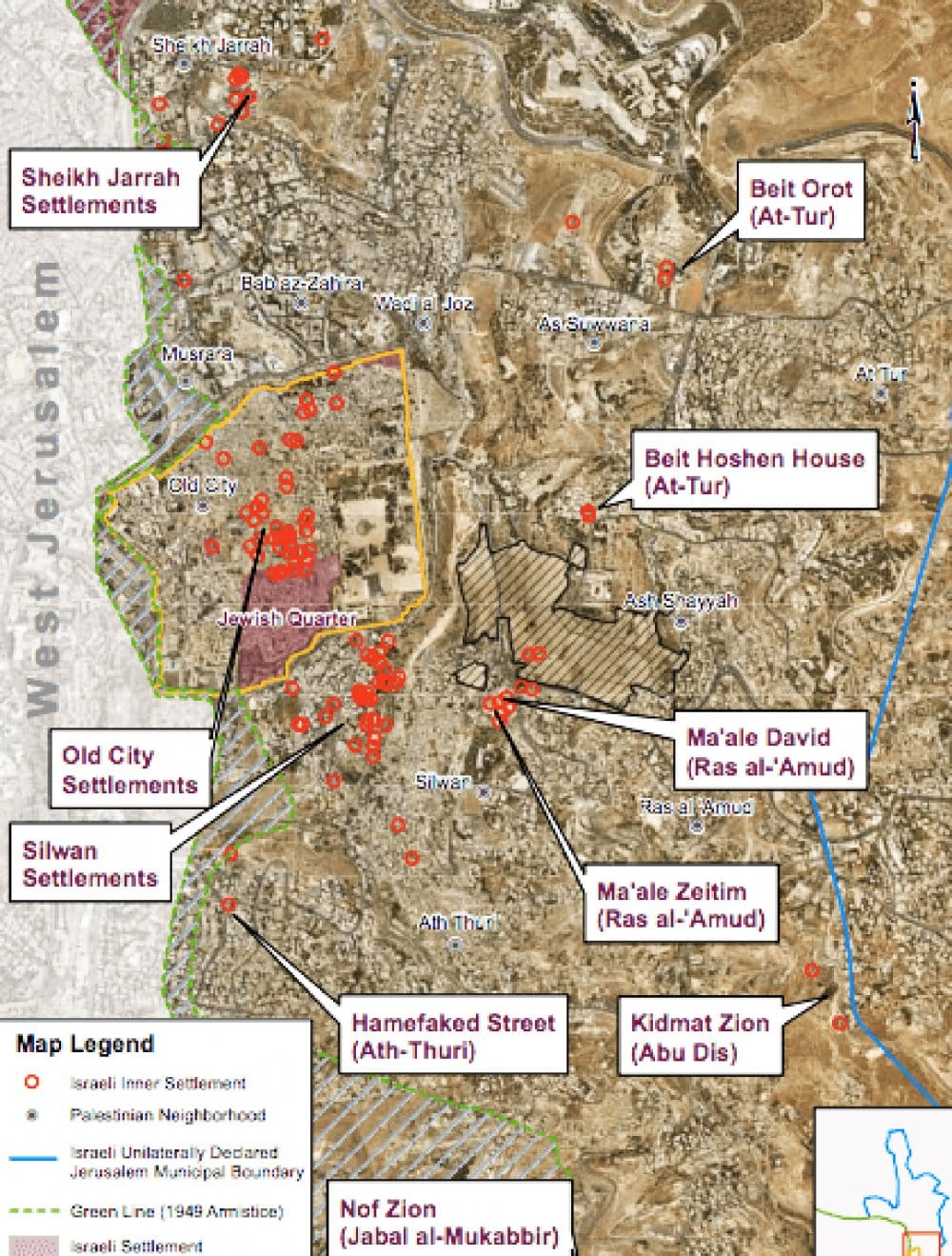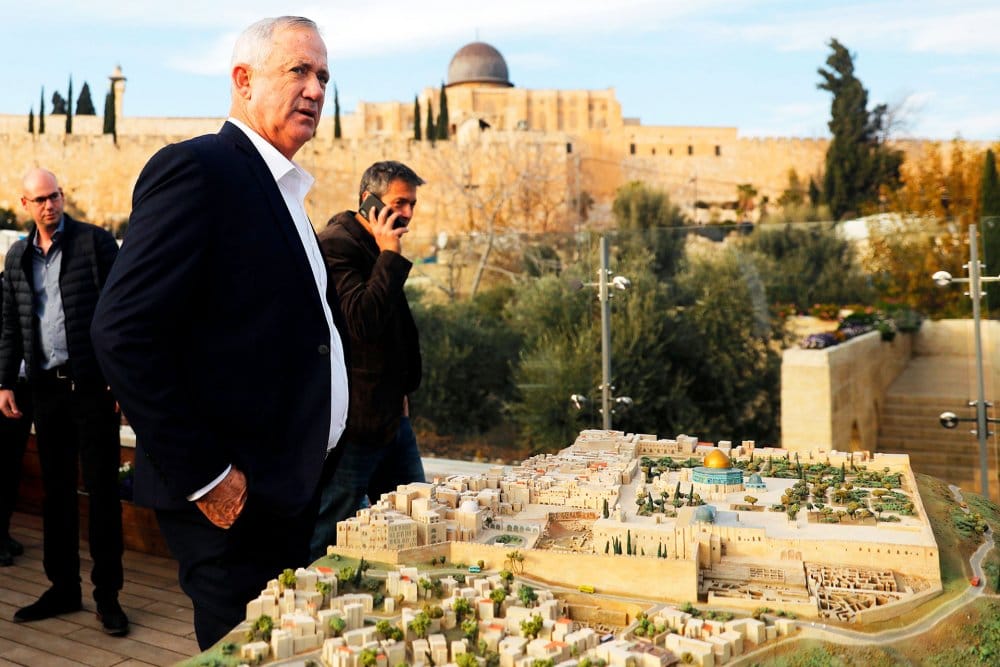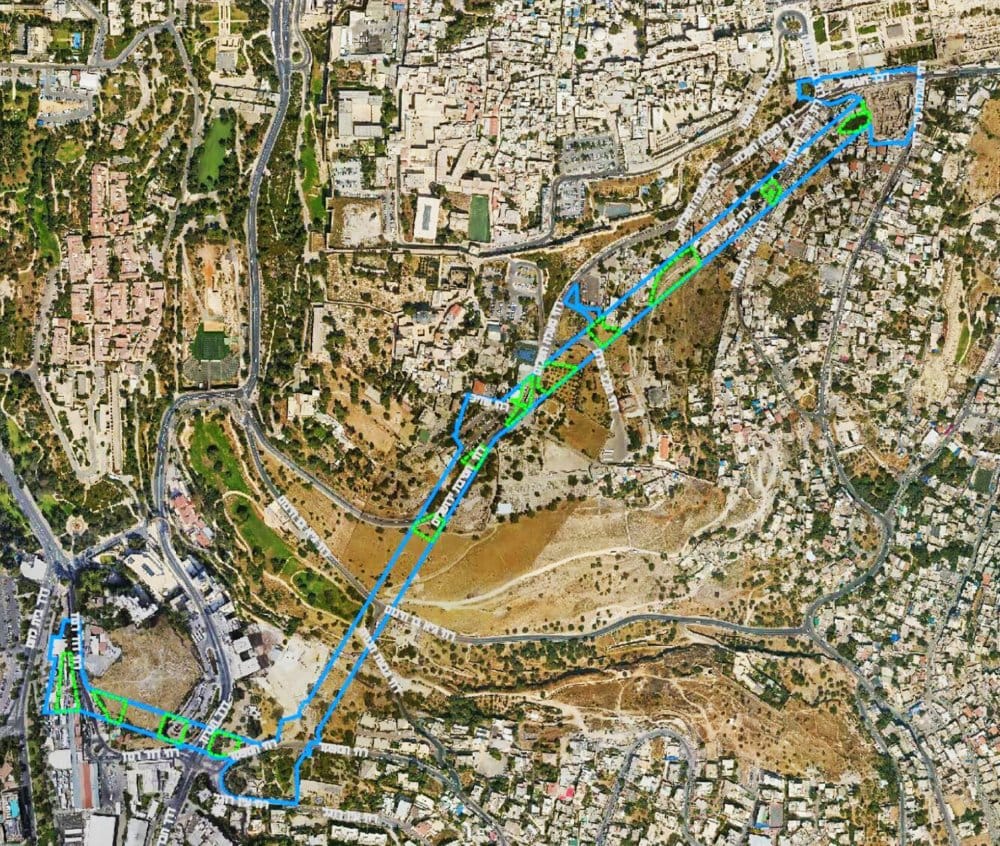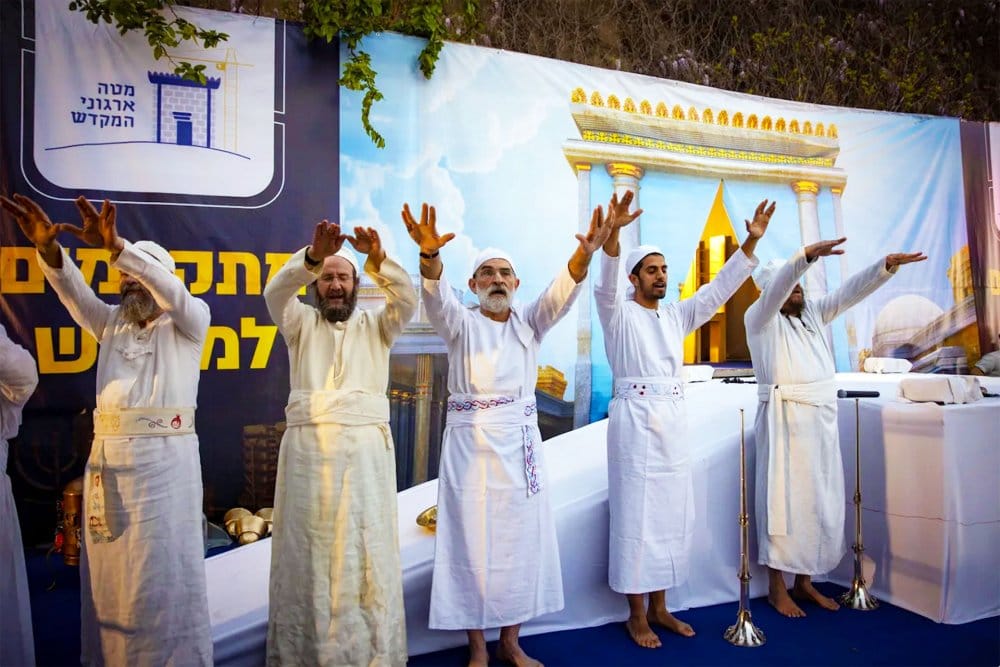Israeli settlements have rapidly advanced across East Jerusalem between 2023 and 2024 (see Israel to Advance Nearly 7,000 Israeli Settlement Units in East Jerusalem). Since launching its genocidal war on Gaza on October 7, 2023, Israel has initiated construction on 12,000 housing units in eight new settlements across East Jerusalem, either in or next to Palestinian neighborhoods.1
This unprecedented level of settlement expansion can be attributed in part to intensified cooperation between Israeli settler groups and government institutions. For decades, these settler groups have been working to promote and fund the settlement of Jews on the land through a variety of projects and initiatives, including the construction of housing units, archaeological sites, national parks, tourist sites, and other infrastructure that typically necessitates the confiscation of Palestinian land, the demolition of Palestinian properties, and the displacement of Palestinians. As Israeli leadership turns increasingly extremist, these settler-state projects continue to expand.
With the foundation of Israel centered on Jewish settlement, the state and settlers’ agendas are often one and the same, and nowhere is this collaboration in settlement projects more evident than in Jerusalem. Indeed, according to the Israeli NGO Emek Shaveh, an Israeli archaeological rights group:

